We occasionally link to goods offered by vendors to help the reader find relevant products. Some of these may be affiliate based, meaning we earn small commissions (at no additional cost to you) if items are purchased. Here is more about what we do.
Beans are high in fiber and a good source of plant-based protein. They’re also inexpensive, filling, and may help to prevent several types of chronic disease.
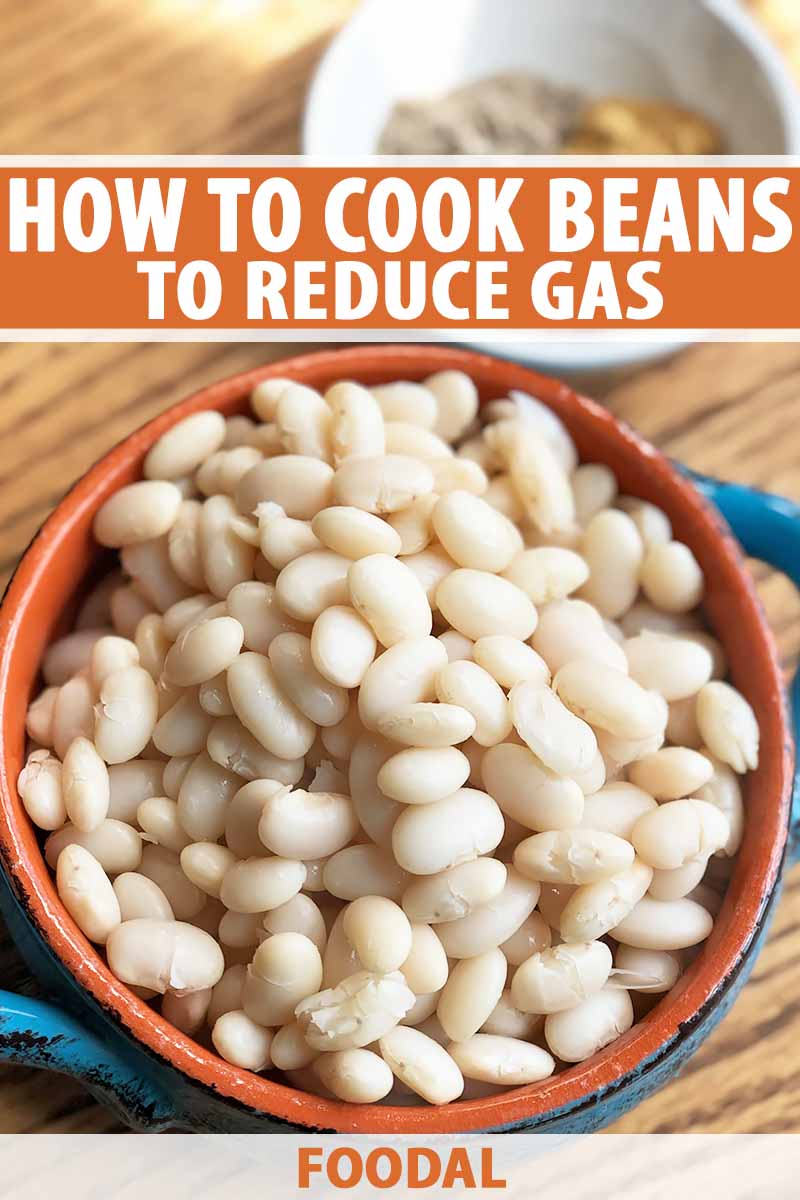
However, there’s one potential drawback, and it’s a big one:
Eating legumes can cause gas.
Luckily, you don’t have to let fear of digestive distress stop you from eating this nutritious food. There are ways to prepare them that reduce the potential for causing gas!
Here’s what we’ll cover in this article:
What You’ll Learn
Why Do Beans Cause Gas?
First, let’s talk about why they’re so gassy.
Beans contain a complex sugar called raffinose that the body can’t fully digest.
Normally, sugars like raffinose would be digested in the small intestine. However, since humans lack the enzyme to break it down, raffinose makes its way from the small into the large intestine still intact.
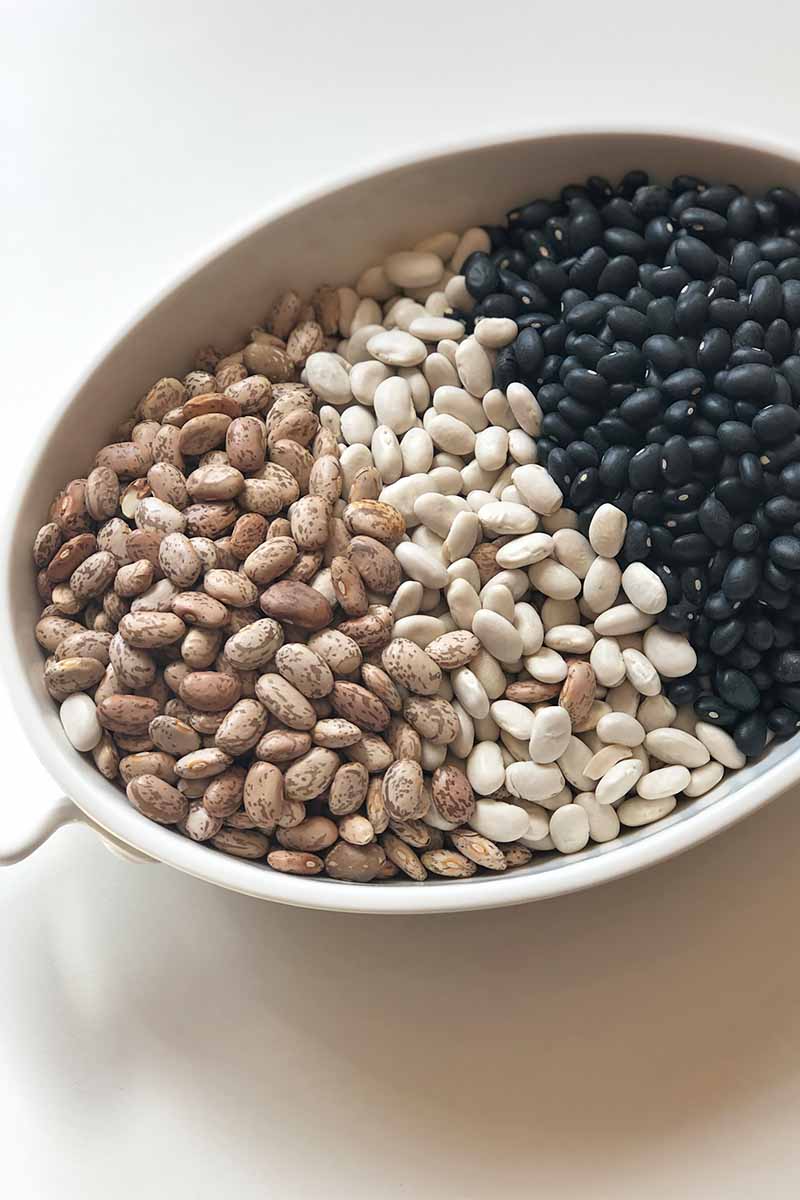
Once in the large intestine, gut bacteria begin breaking it down, producing hydrogen, carbon dioxide, and methane gas. What happens next is what you’re already familiar with: bloating, abdominal discomfort, and gas.
So, how do you reduce gas? By breaking down raffinose before it hits the large intestine.
Tips for Prepping and Eating Beans to Reduce Gas
If you enjoy eating lovely legumes and want to include them in your diet (and I highly recommend that you do so, for vegetarians and omnivores alike!), there are several steps you can take and things you can do to decrease the risk of suffering from uncomfortable gas as a result.

Here are my top tips for prepping and eating them:
1. Soak Before Cooking
Studies have shown that soaking dried beans for 8-12 hours before cooking can help to reduce the quantity of raffinose sugars.
The key is to discard the water after soaking, and use fresh water for cooking. Less raffinose in your soup or chili will help to make the legumes easier to digest.
2. Gradually Add Beans to Your Diet
Beans are high in fiber. While this is a good thing, it can also cause bloating and discomfort if your body isn’t used to eating and digesting higher amounts of fiber regularly.
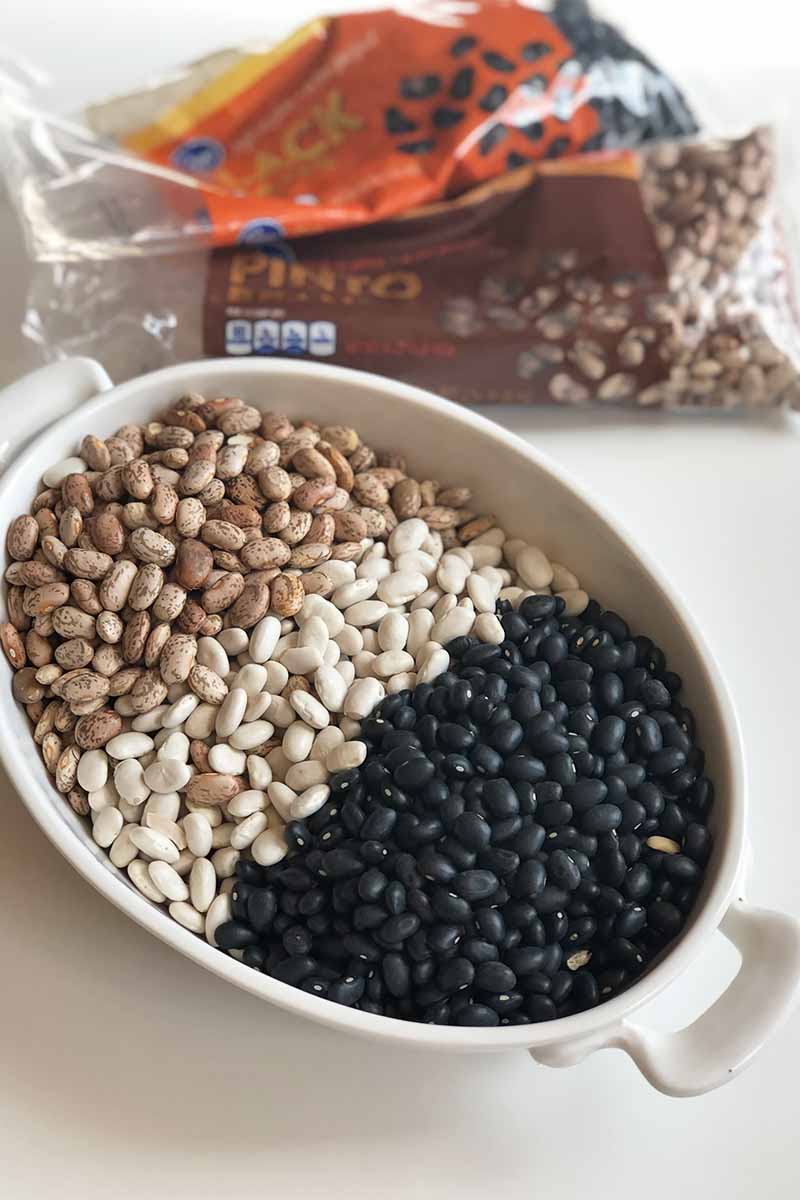
So, rather than jumping right into a big bowl of chili or hearty soup, start slow by adding a small amount as a garnish to your tacos or salads at first, and then gradually increase your portions as your body adjusts.
You can also choose to serve them as a small side dish, rather than as the main course. Consider our chickpea and black bean salad as the perfect accompaniment to your favorite grilled meat.
3. Drink Plenty of Water
As most of the unwanted GI symptoms related to eating legumes are due to fermentation in the large intestine, one way to reduce symptoms is to keep everything moving through your system in a timely fashion.
Drinking plenty of water will help to keep everything running smoothly, giving the bacteria in your intestines less time to produce those pesky gasses.
So the next time you’re enjoying a big plateful of sausage, kale, and white bean pasta, be sure to keep those glasses full of water, with a pitcher at the dinner table!
4. Chew Thoroughly
While we usually think about the stomach and intestines when we think about digestion, this process actually starts in the mouth. Chewing helps to break food down into smaller pieces, so that nutrients can be digested and absorbed more easily.

Chew your food thoroughly to improve digestion. This doesn’t have to be an obsessive task, but eating more mindfully without distractions like the television can help us to more thoroughly enjoy our food, and sitting down to eat can help us to slow down.
5. Consider Digestive Enzymes
Even if you follow all of these tips, you may be one of the unlucky individuals that’s especially sensitive to gas formation from legumes.

Beano Food Enzyme Dietary Supplement Tablets, 100-Count Bottles, Pack of 2, available on Amazon
If that’s the case, you may want to consider taking an over-the-counter digestive enzyme like Beano, which is available on Amazon. These supplements provide the enzymes our bodies are missing, to help break down raffinose sugar before it is fermented by bacteria in the gut.
What About Adding Baking Soda?
A common trick for reducing gas is to add baking soda to the cooking water, as it helps to soften the skins.
While some studies have shown improvements in digestion as a result, others haven’t found a significant difference when baking soda was used.
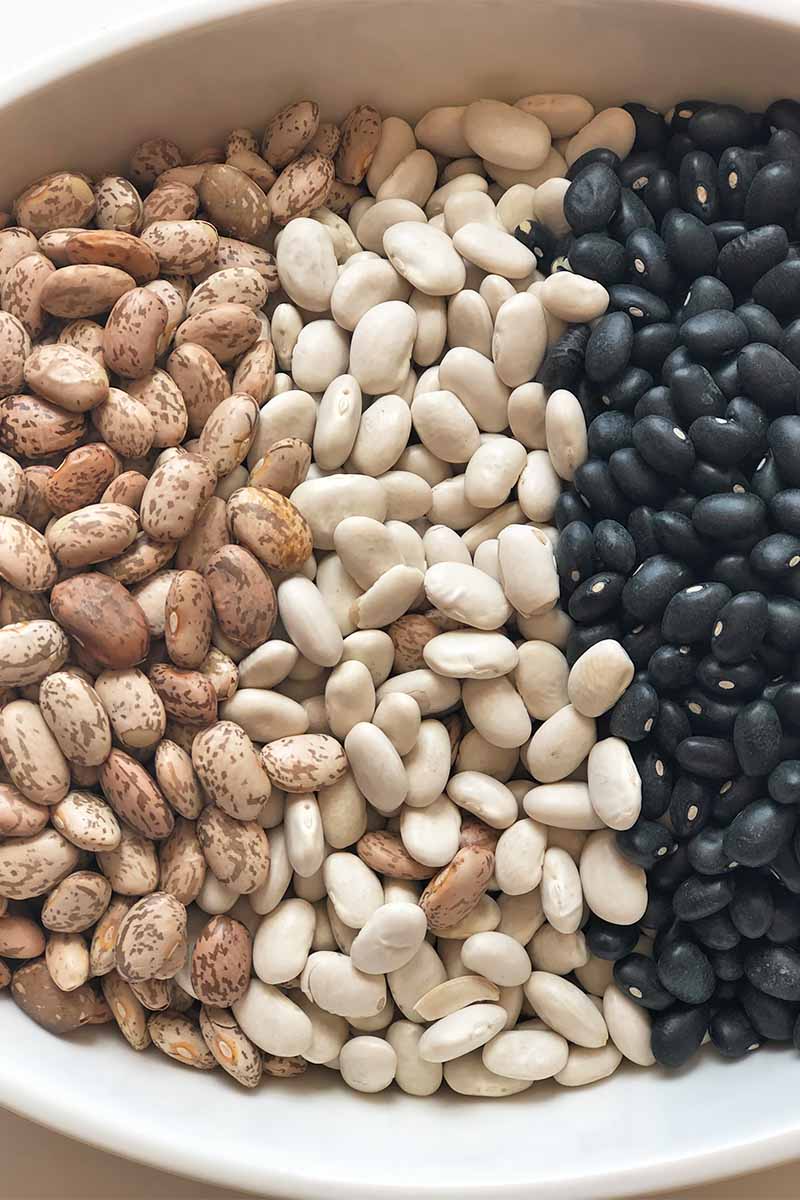
Personally, the only differences I’ve noticed when using baking soda are that the beans cook faster, and don’t hold their shape quite as well.
So, while you can try adding 1/4 teaspoon of baking soda per pound of dried beans during cooking, results are not guaranteed, and you’ll want to keep a closer eye on the the cooking time and texture of your legumes as well.
How to Cook Beans to Reduce Gas
Now that your beans have been soaked or prepped, and you have strategies in mind to change or improve your eating habits with the goal of better digestion in mind, it’s time to cook those legumes!
What You’ll Need
- Dried beans
- Colander
- Bowl with a lid or plastic wrap
- Saucepan or large pot with a lid
- Optional: herbs and spices
A few notes:
- If cooking a smaller amount, use a medium-sized saucepan. If you’re making a whole bag, use a large stockpot.
- I like to soak them in a glass bowl with a cover, and then transfer them to a pot for cooking. But you can also soak and cook in the same pot. Just make sure to change out the water before cooking.
Step 1 – Soak
I explained this briefly above, and the purpose behind it. Here, I’ll go into a little more detail for you.
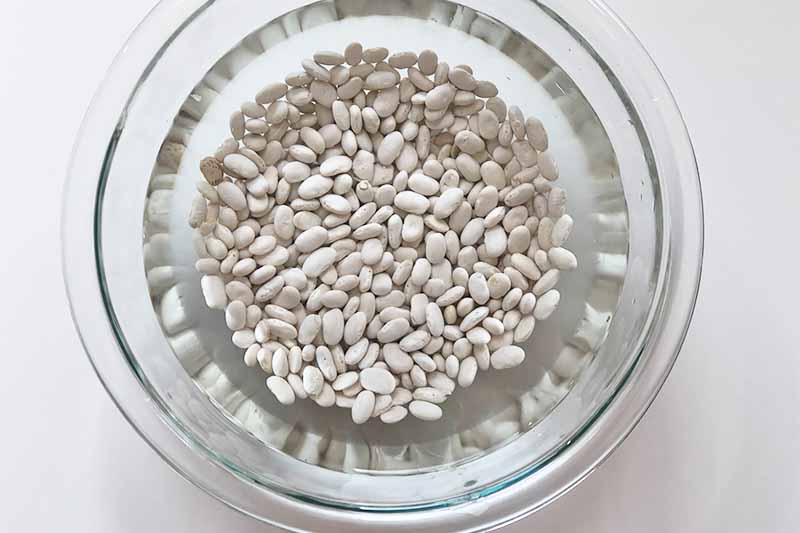
Before you get started, quickly sort through your beans to remove any rocks or debris.
Next, add the dried beans to a bowl or saucepan
Cover with warm water. As a general rule of thumb, for every cup of dried beans, add 4 cups of water.
Cover the pot or bowl and set it aside on the counter at room temperature. Let them soak for 8-12 hours.
Step 2 – Drain and Rinse
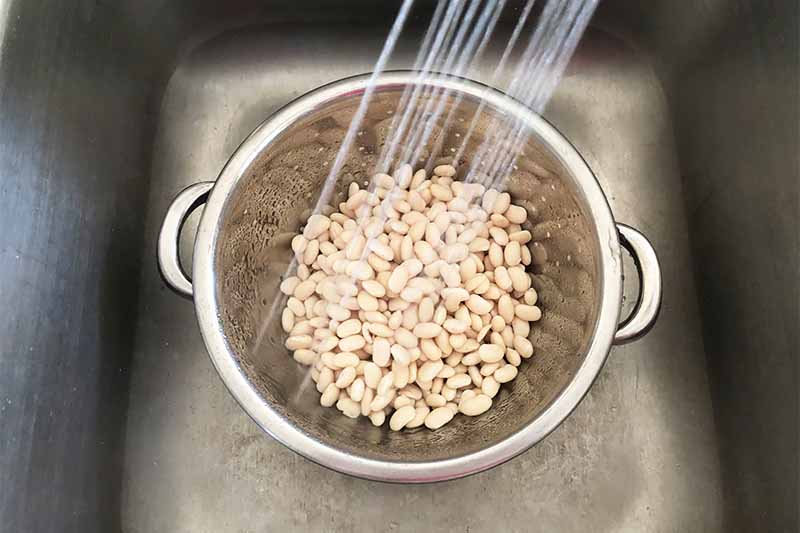
After soaking, pour everything into a colander to drain. Rinse them well with cold water, and return the beans to the pot.
Step 3 – Cook
Add enough water to cover the beans by 2 inches, and place your pot on the stove.

Bring to a boil over high heat, boil for 30 seconds, and then quickly reduce the heat to a very low simmer. Cook for 45-60 minutes. Larger or older beans may take an extra 10-15 minutes to cook.
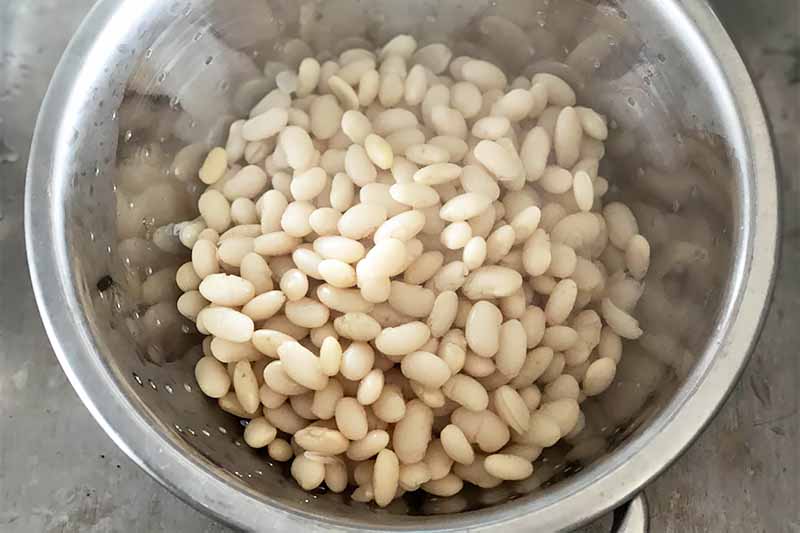
Should the lid be on or off? It depends on the texture you’re looking for.
- For softer beans that are slightly mushy, simmer with the lid on.
- For slightly firmer beans that retain their shape, keep the lid off.
Step 4 – Add Digestion-Friendly Spices
There’s no solid scientific evidence that these herbs and spices will prevent gas when eating beans, and this step is optional. However, traditional medicine, as well as some recent studies, have suggested that these spices may help with digestion and abdominal discomfort.
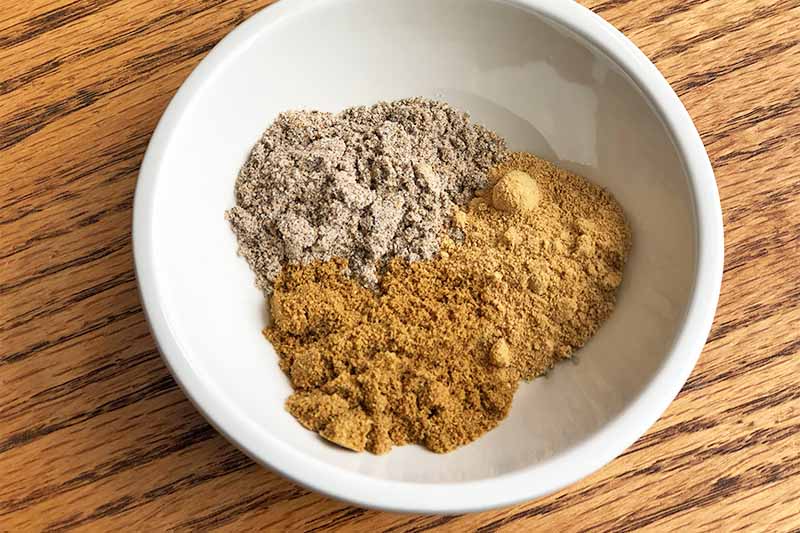
Plus, they can add a nice flavor to your beans!
Spices to try:
- Cardamom
- Cumin
- Fennel
- Ginger
- Peppermint
Simply add 1 teaspoon of one of these herbs or spices to your cooked beans, or more to taste. My two go-to’s are cumin and ginger.
Ground cumin works especially well if you’ll be using them in a Mexican-inspired dish, such as quesadillas or burrito bowls. Ginger-spiced white beans provide a flavorful and easy way to add more fiber and plant-based protein to a veggie stir-fry.
Step 5 – Keep Leftovers in the Freezer
Rather than worrying about making de-gassed beans every time I need them for a recipe, I like to make all my beans in one weekend.
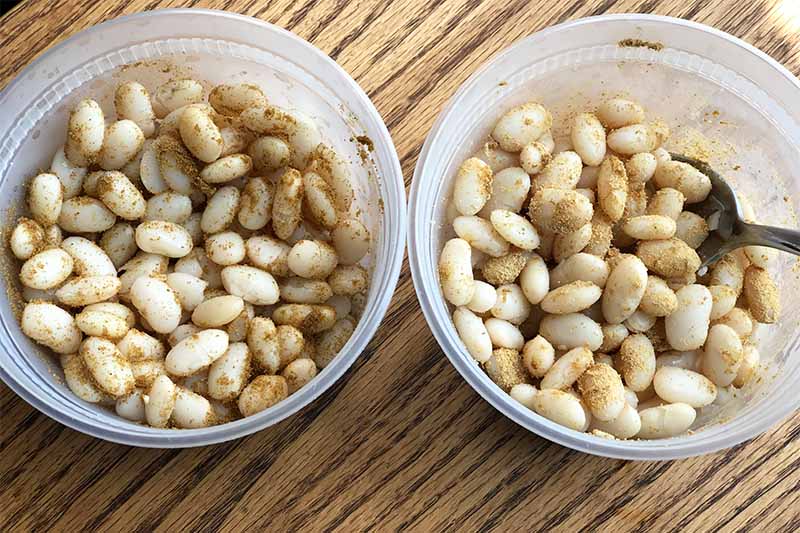
I keep prepped beans that I’ll eat throughout the week ahead in an airtight container in the fridge. Then I divide the rest into separate airtight containers, each filled with enough for a future weeks’ meals, and store them in the freezer for up to 6 months.
To thaw, simply move one container to the fridge the night before you plan to cook with or eat them.
Simple Strategies with Welcome Results
Don’t let a past uncomfortable experience with gas scare you off forever. With a few dietary changes and simple strategies, our tips and cooking suggestions will help you to eat the beans you enjoy, with less digestive upset as a result.
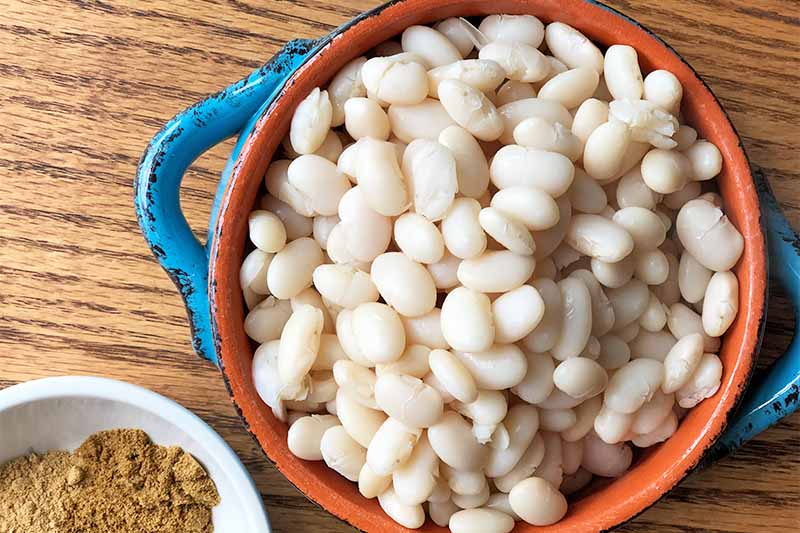
Ready to eat more beans? They can be added to a variety of dishes. Get started with some of our favorite recipes:
- Chili Lime Chicken with Black Beans and Rice
- Black Bean and Mango Tropical Quinoa
- Hearty and Flavorful Vegetarian Burrito Bowls
Let us know if these tips work for you by leaving a comment below!
Photos by Kelli McGrane, © Ask the Experts, LLC. ALL RIGHTS RESERVED. See our TOS for more details. With additional writing and editing by Allison Sidhu.
The written contents of this article have been reviewed and verified by a registered dietitian for informational purposes only. This article should not be construed as personalized or professional medical advice. Foodal and Ask the Experts, LLC assume no liability for the use or misuse of the material presented above. Always consult with a medical professional before changing your diet, or using supplements or manufactured or natural medications.
About Kelli McGrane, MS, RD
Kelli McGrane is a Denver-based registered dietitian with a lifelong love of food. She holds undergraduate and master’s degrees in nutrition science from Boston University. As a registered dietitian, she believes in the importance of food to nourish not only your body, but your soul as well. Nutrition is very personal, and you won’t find any food rules here, other than to simply enjoy what you eat.



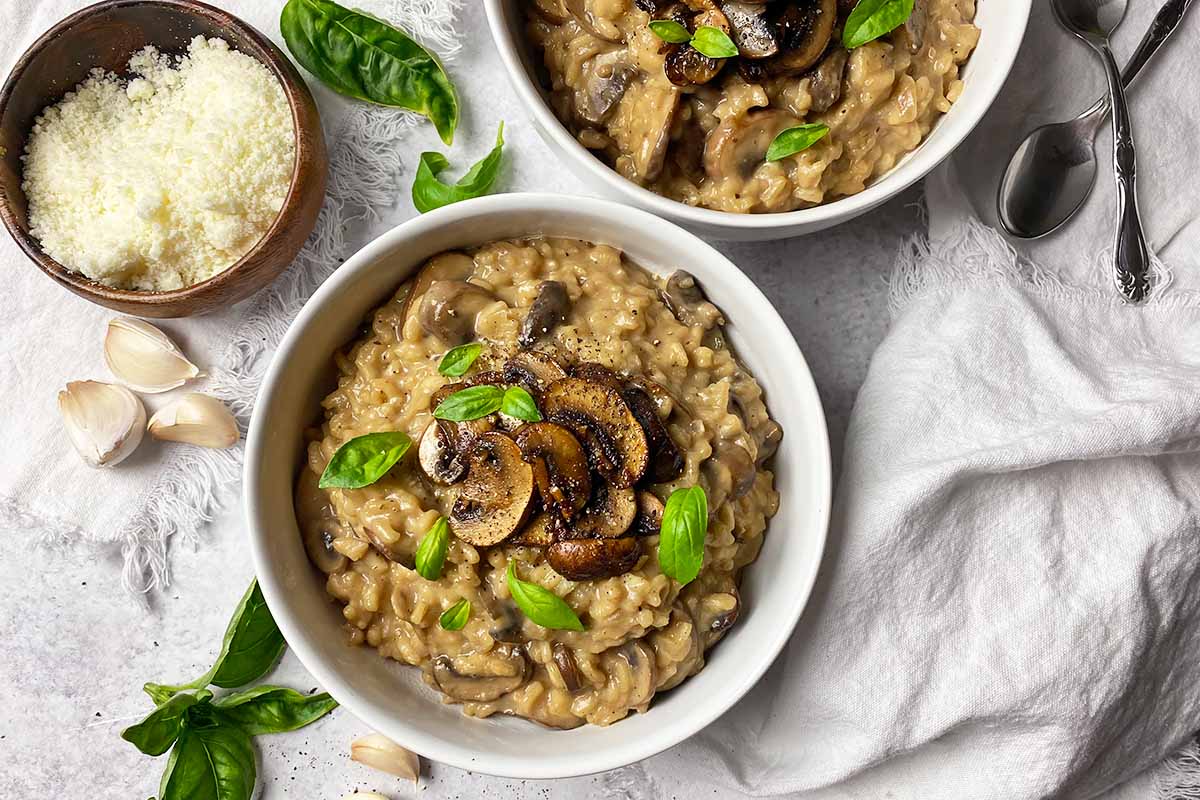
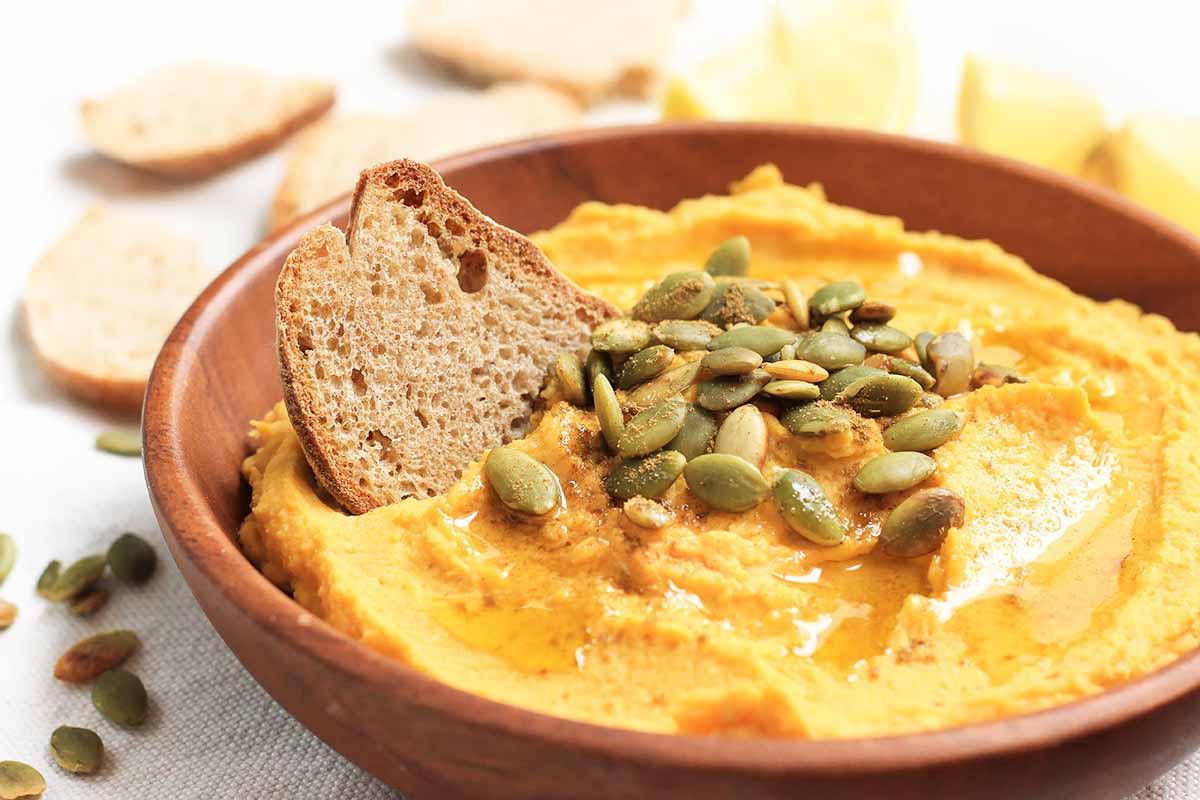
Hi, thanks for this info. I have tried soaking overnight which is what I have known but haven’t really seen much of a difference. Will try your method to see if it does make a difference.
Try also adding asoefitida when boiling any legumes
Great tip, thanks Shiveer! Hing adds a little bit of garlicky flavor too. 🙂
Yes, this is what I have always been told to use.
Thank you. I shall try your recommendation.
What about gas in canned beans?
If you add salt while cooking beans, they will never cook thoroughly. Add the salt after cooking, for better digestion.
Chef Samin Nosrat would disagree, and I also salt beans while soaking.
I also added some salt while cooking, but not enough! They were too bland, with too little salt. And, I overcooked them, actually.
I’ve added mustard to my beans while cooking, usually a tablespoon per pound. That usually cuts the gas. Never cook in the water you soak your beans in – also helps with the gas.
I can go 6 months and more without eating beans for the fear of bloating. Will definitely try out these methods.
Thanks for sharing.
I have also read to use the herb Epazote to cut gas.
Excellent suggestions and methods of cooking – thank you!